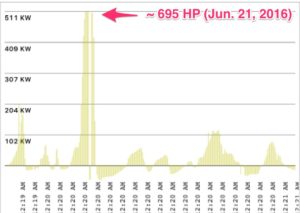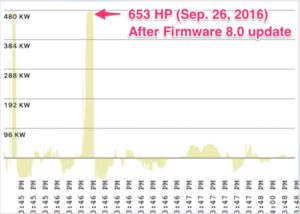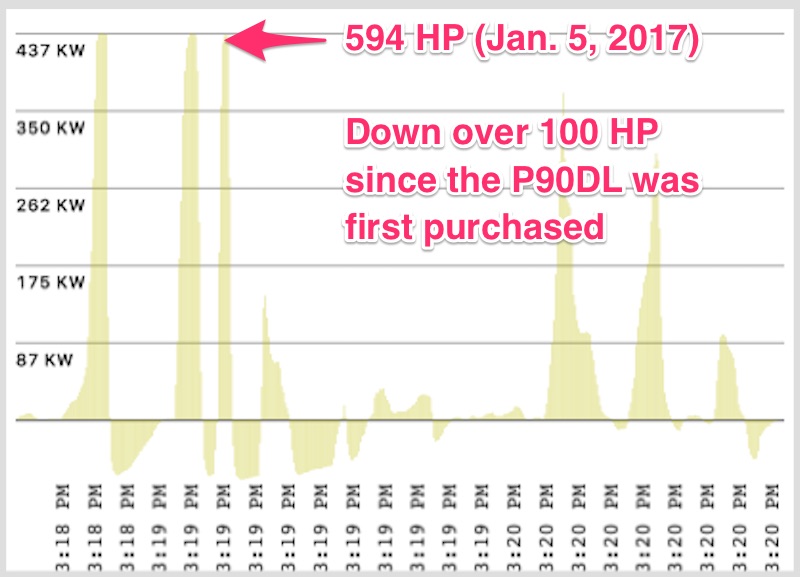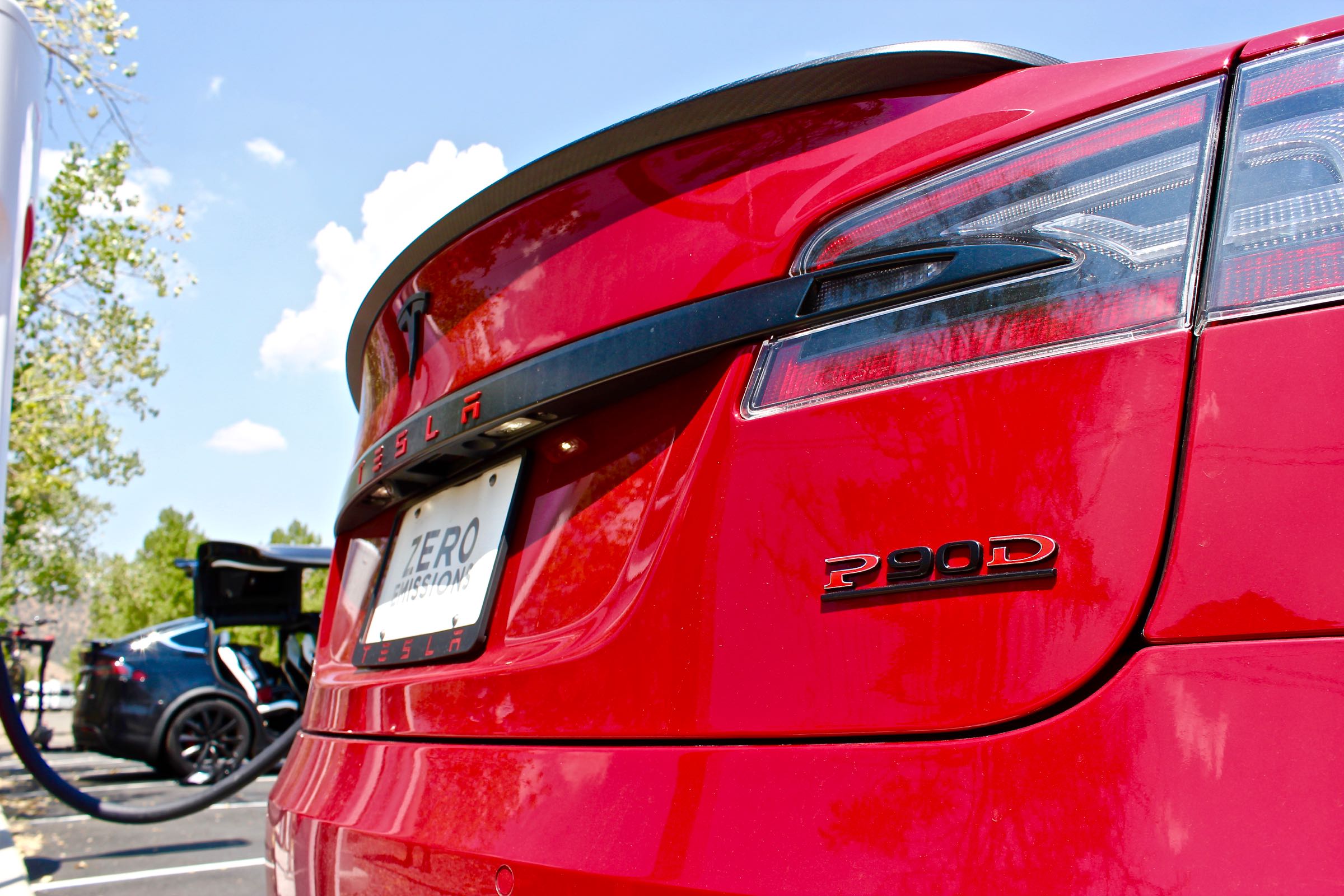

News
Tesla will remove performance limiting algorithm from cars in next software update
Tesla’s President of Global Sales and Service, Jon McNeill, has indicated that performance limiting software will be removed from Model S and Model X vehicles in the next over-the-air software update. McNeill’s announcement, made on the Tesla Motors Club (TMC) forum, follows reports that the company was limiting power on performance versions of its Model S and Model X vehicles through a software algorithm designed to protect the vehicle’s powertrain from excessive wear and tear. However, despite the intended safeguards, Tesla owners questioned whether it was right for the electric car maker to ‘downgrade’ performance on a vehicle that was intentionally purchased for its touted acceleration capabilities.
UPDATE: Tesla removes performance restrictions in new software update
Tesla Performance Limiting Discovered
Teslarati was first notified of the potential issue back in September of last year when local friend and Ludicrous Model S P90D owner, best known as Tech_Guy on TMC, sent us graphs showing the loss in power on his vehicle. At first, the issue was thought to be a result of the Firmware 8.0 update that introduced Tesla’s, then, latest Autopilot feature which put radar technology at the forefront.
Power graph provided via the PowerTools app
Not sure of the cause for the power loss, Tech_Guy solicited feedback from his local Tesla Service Center only to be told that software on his Ludicrous Model S has limited power output because of too many uses of Tesla’s Launch Mode feature. The issue would eventually be surfaced across TMC, with other owners reporting the same loss in power. More alarming is the discovery that Tesla’s power limiting safeguard was taking place on non-Ludicrous cars and affecting owners with Tesla’s P85D vehicle. Even early P85 cars that pre-dated the company’s dual motor configuration were reported to be affected.
Tesla would later add a disclaimer to its online Design Studio confirming that limiting controls may be placed to protect the performance and longevity of the powertrain.
It’s not just ‘Launch Mode’ and ‘Max Power’
Service descriptions coming from owners who were concerned that their newly purchased inventory car, or in some instances their certified pre-owned Performance variant, might have been affected by the power limiting software, revealed that Tesla did in fact use an algorithm to ‘count’ presumably the number of times a vehicle was driven under wide open throttle.
The discovery of a possible performance ‘counter’ raises a question of ethics. If an owner purchased a used P85D that was performance limited as a result of too many hard acceleration runs in the past, will the owner know and is it right for Tesla to downgrade the vehicle to essentially an 85D status though they paid for a P85D? The same goes for inventory vehicles which one can argue is more likely to be driven under wide open acceleration, for demonstration purposes, than a brand new vehicle belonging to an owner.
Show me the Power
Hailed as a hero among the Tesla owners community, Tech_Guy blew the whistle and surfaced an issue that quite possibly may have never been discovered.
On Tuesday, January 17, 2017 at 4:41 PM Pacific Time, Jon McNeill, Tesla’s President of Global Sales and Service responded to concerns surfaced on TMC with the following:
Based on your input, we have decided to remove all software performance reductions tied to frequent max power usage. These changes will roll out with our next software update (in about three weeks).
We had put these reductions in place to proactively protect the powertrain from wear and tear. Instead, we will monitor the condition of the powertrain and let our customers know if service is needed so that we can take proactive steps, such as by replacing parts if necessary, to maintain the vehicle’s performance.
Heavy-footed Tesla drivers rejoice. You’re getting your power back.

Elon Musk
Tesla Energy shines with substantial YoY growth in deployments
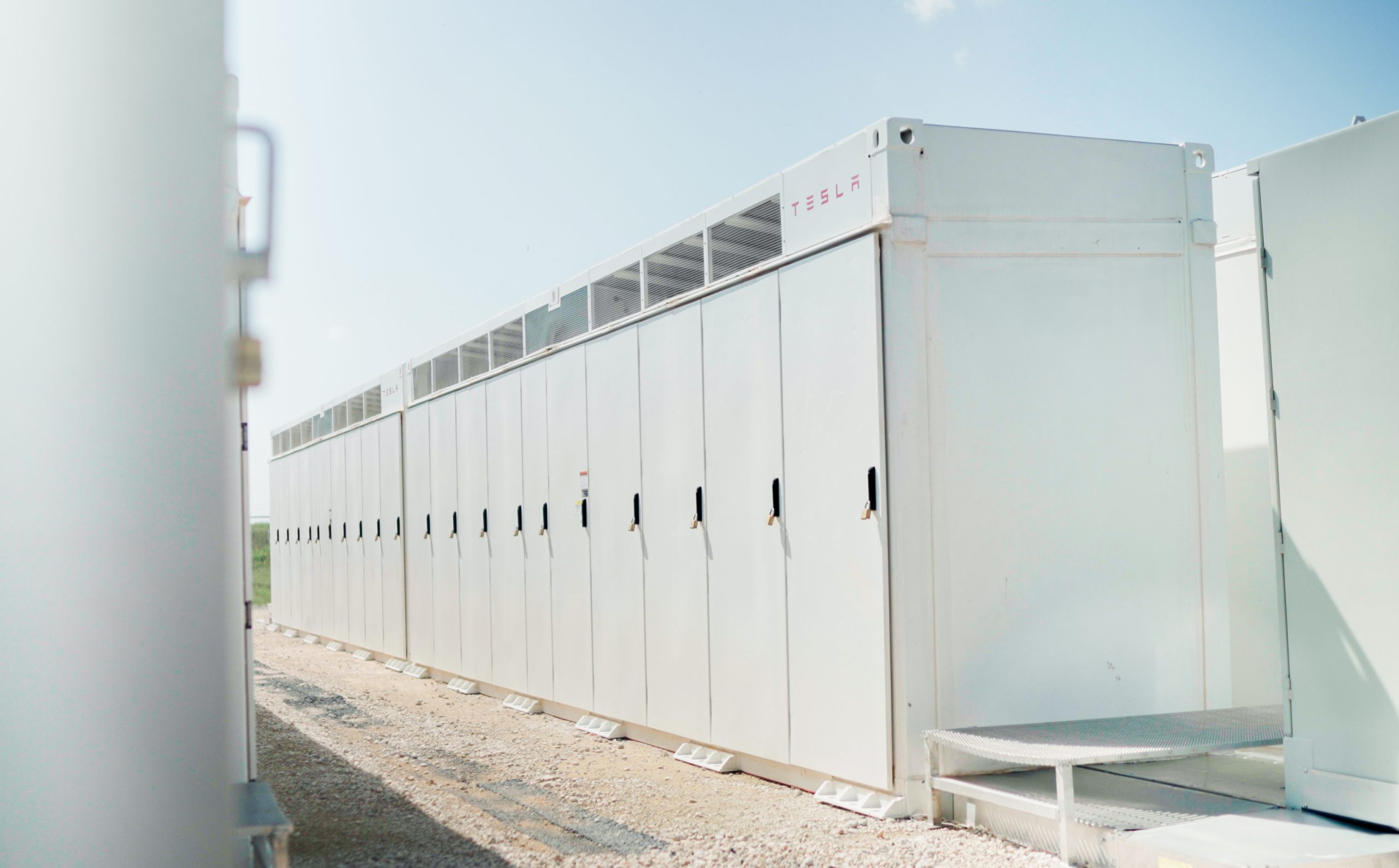
Tesla Energy shined in what was a weak delivery report for the first quarter, as the company’s frequently-forgotten battery storage products performed extraordinarily well.
Tesla reported its Q1 production, delivery, and deployment figures for the first quarter of the year, and while many were less-than-excited about the automotive side, the Energy division performed well with 10.4 GWh of energy storage products deployed during the first quarter.
This was a 156 percent increase year-over-year and the company’s second-best quarter in terms of energy deployments to date. Only Q4 2024 was better, as 11 GWh was recorded.
Tesla Energy is frequently forgotten and not talked about enough. The company has continued to deploy massive energy storage projects across the globe, and as it recorded 31.5 GWh of deployments last year, 2025 is already looking as if it will be a record-setting year if it continues at this pace.
Tesla Megapacks to back one of Europe’s largest energy storage sites
Although Energy performed well, many investors are privy to that of the automotive division’s performance, which is where some concern lies. Tesla had a weak quarter for deliveries, missing Wall Street estimates by a considerable margin.
There are two very likely reasons as to why this happened: the first is Tesla’s switchover to the new Model Y at its production facilities across the globe. Tesla said it lost “several weeks” of production due to the updating of manufacturing lines as it rolled out a new version of its all-electric crossover.
Secondly, Tesla could be facing some pressure from pushback against the brand, which is what many analysts will say. Despite the publicity of attacks on Tesla drivers and their vehicles, as well as the company’s showrooms, it would be safe to assume that we will have a better picture painted of what the issue is in Q2 after the company reports numbers in July.
If Tesla is still struggling with lackluster delivery figures in Q2 after the Model Y is ramped and deliveries are more predictable and consistent, we could see where the argument for brand damage is legitimate. However, we are more prone to believe the Model Y, which accounts for most of Tesla’s sales, and its production ramp is likely the cause for what happened in Q1.
In what was a relatively bleak quarter, Tesla Energy still shines as the bright spot for the quarter.
Elon Musk
Tesla bull Wedbush responds to Q1 deliveries: ‘A disaster on every metric’

Tesla bull Wedbush has responded to the company’s lackluster Q1 delivery figures, which were released on Wednesday morning in a new note from analyst Dan Ives.
Tesla reported deliveries of 336,681 vehicles in the first quarter of the year, a far cry from the Wall Street estimate of 352,000 and whisper numbers of roughly 350,000. At first glance, it seems to be a disaster, but Tesla said it lost “several weeks of production” in Q1 due to the ramp of the new Model Y at all four of its vehicle production factories.
This could be part of the reason that the company experienced a quarter of this performance, but there are also factors stemming from CEO Elon Musk’s involvement in the U.S. government, which has created some pushback in various markets.
It’s tough to say how much of each issue caused this type of quarter, but Ives wrote in a note to investors that Wedbush could not look at this “with rose-colored glasses,” as the performance “was a disaster on every metric.”
Ives believes it is time for Musk to make a move:
“The Street and us knew a bad 1Q was coming but this was even worse than expected. The time has come for Musk….it’s a fork in the road moment. The more political he gets with DOGE the more the brand suffers, there is no debate. This quarter was an example of the damage Musk is causing Tesla. This continues to be a moment of truth for Musk to navigate this brand tornado crisis moment and get onto the other side of this dark chapter for Tesla with much better days ahead.”
Interestingly, the stock dropped over 5 percent after the delivery report. It quickly rebounded 8 percent and is currently up over 5 percent on the day after a report from Politico stated that Musk and President Donald Trump have discussed the CEO stepping back from the Department of Government Efficiency (DOGE).
Based on that, it seems that investors were looking for Musk to step back from his government duties and show more public attention to Tesla. Realistically, we do not know how much of his time is being devoted to Tesla and its EV initiative. However, it seems investors were ready to hear something along the lines of Musk being more involved and speaking openly about Tesla and its projects.
It’s not all bad. Ives still recognizes Tesla’s prowess with the rollout of robotaxi and Full Self-Driving and how much impact it could have moving forward:
“Autonomous remains the biggest transformation to the auto industry in modern-day history and in our view, Tesla will own the autonomous market in the US and globally with the launch of unsupervised FSD in Austin kicking off the autonomous era at Tesla that we value at $1 trillion alone on a sum-of-the-parts valuation…”
With that being said, he also wants Musk to balance responsibilities with DOGE and Tesla:
“BUT…Musk needs to stop this political firestorm and balance being CEO of Tesla with DOGE. The future is so bright but this is a full blown crisis Tesla is navigating now and its primarily self-inflected. We remain firmly bullish on the long-term Tesla story but Musk needs to get his act together or else unfortunately darker times are ahead for Tesla.”
Tesla shares are trading at $283.01, up 5.42% at 1:57 p.m. on the East Coast.
News
Tesla shares Optimus’ improved walk in new update video
The video featured an Optimus robot confidently walking in a humanlike manner.
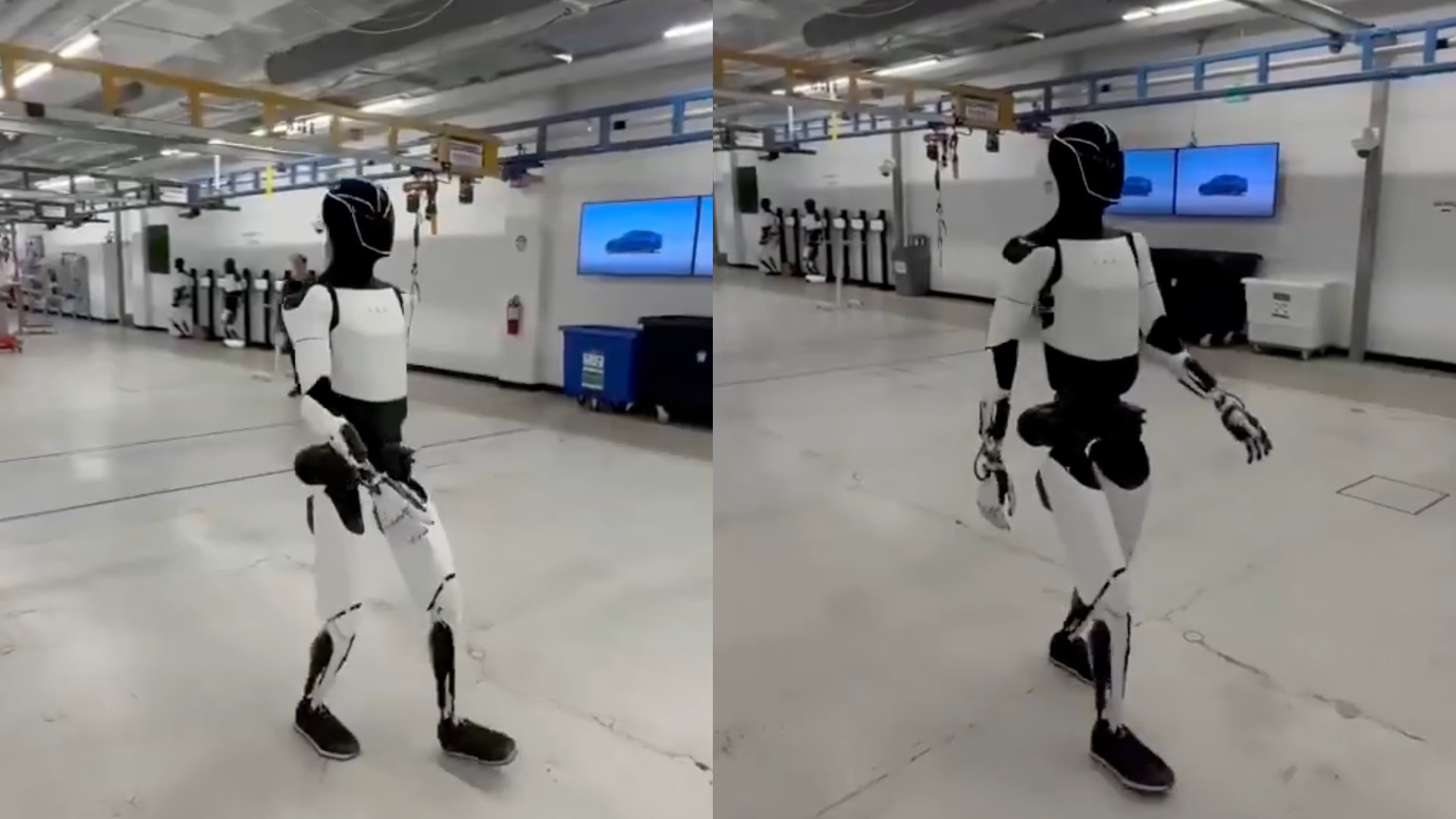
During Tesla’s Q1 2025 All-Hands meeting, CEO Elon Musk stated that the company will attempt to produce its first “legion” of humanoid robots this 2025.
A recent video from Elon Musk suggests that work continues to be underway to refine the humanoid robot before it enters production.
A Better Walk
Tesla’s new Optimus update video was shared on social media platform X by CEO Elon Musk, who described the video with the words, “Accurate actuators accelerate automation.” The video featured an Optimus robot walking confidently, in a manner that is significantly more humanlike than its previous iterations.
A post from Tesla Vice President of Optimus (Tesla Bot) Milan Kovac shared more context about the new video. As per Kovac, the short clip demonstrates the humanoid robot’s latest walk, with “straight knees, smoother heel-to-toe gait, and arms sway.” Kovac also noted that the humanoid robot was “Entirely trained in simulation with RL.”
Optimus’ Quick Progress
Optimus was initially announced in 2021 during Tesla’s AI Day event. At the time, Tesla only had a static model of the humanoid robot, as well as a literal man in a suit. Fast forward to today, and Optimus has already undergone several iterations. Several of its components have also been vastly improved, such as its hands, which is expected to feature 22 degrees of freedom when it enters production.
Tesla seems determined to start production of Optimus quickly. During the Q1 2025 All Hands meeting, CEO Elon Musk stated that the Fremont Factory had produced its first humanoid robot from its Optimus production line. Musk also noted that while Tesla is internally aiming for enough parts to produce 10,000 to 12,000 Optimus robots this year, the company could very well be capable of producing 5,000 units of the humanoid robot this 2025.
“So this year, we hopefully will be able to make about 5,000 Optimus robots. We’re technically aiming for enough parts to make 10,000, maybe 12,000, but since it’s a totally new product with a totally new, like everything is totally new, I’ll say we’re succeeding if we get to half go the 10,000. But even 5,000 robots, that’s the size of a Roman legion, FYI,” Musk stated.
-

 News2 weeks ago
News2 weeks agoTesla aiming to produce first “legion” of Optimus robots this 2025
-

 Elon Musk1 week ago
Elon Musk1 week agoTesla CEO Elon Musk’s simple message to vandals
-
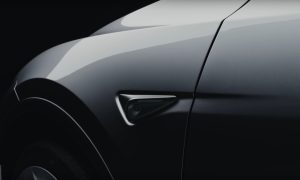
 Elon Musk2 weeks ago
Elon Musk2 weeks agoElon Musk confirms two measures Tesla is taking to fight vandalism
-
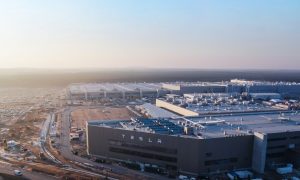
 News1 week ago
News1 week agoTesla’s Giga Berlin director responds to anti-Musk criticism
-
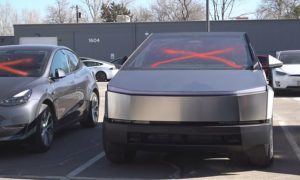
 Elon Musk2 weeks ago
Elon Musk2 weeks agoTesla owners doxxed by controversial anti-DOGE website in clear intimidation tactic
-

 Elon Musk2 weeks ago
Elon Musk2 weeks agoElon Musk to file lawsuit against former US Rep Jamaal Bowman: “I’ve had enough”
-

 Elon Musk6 days ago
Elon Musk6 days agoTesla vandal who lit Las Vegas repair center on fire arrested
-
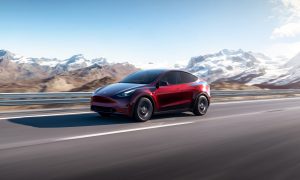
 News1 week ago
News1 week agoTesla Model Y inventory is going fast, selling out in many U.S. states
